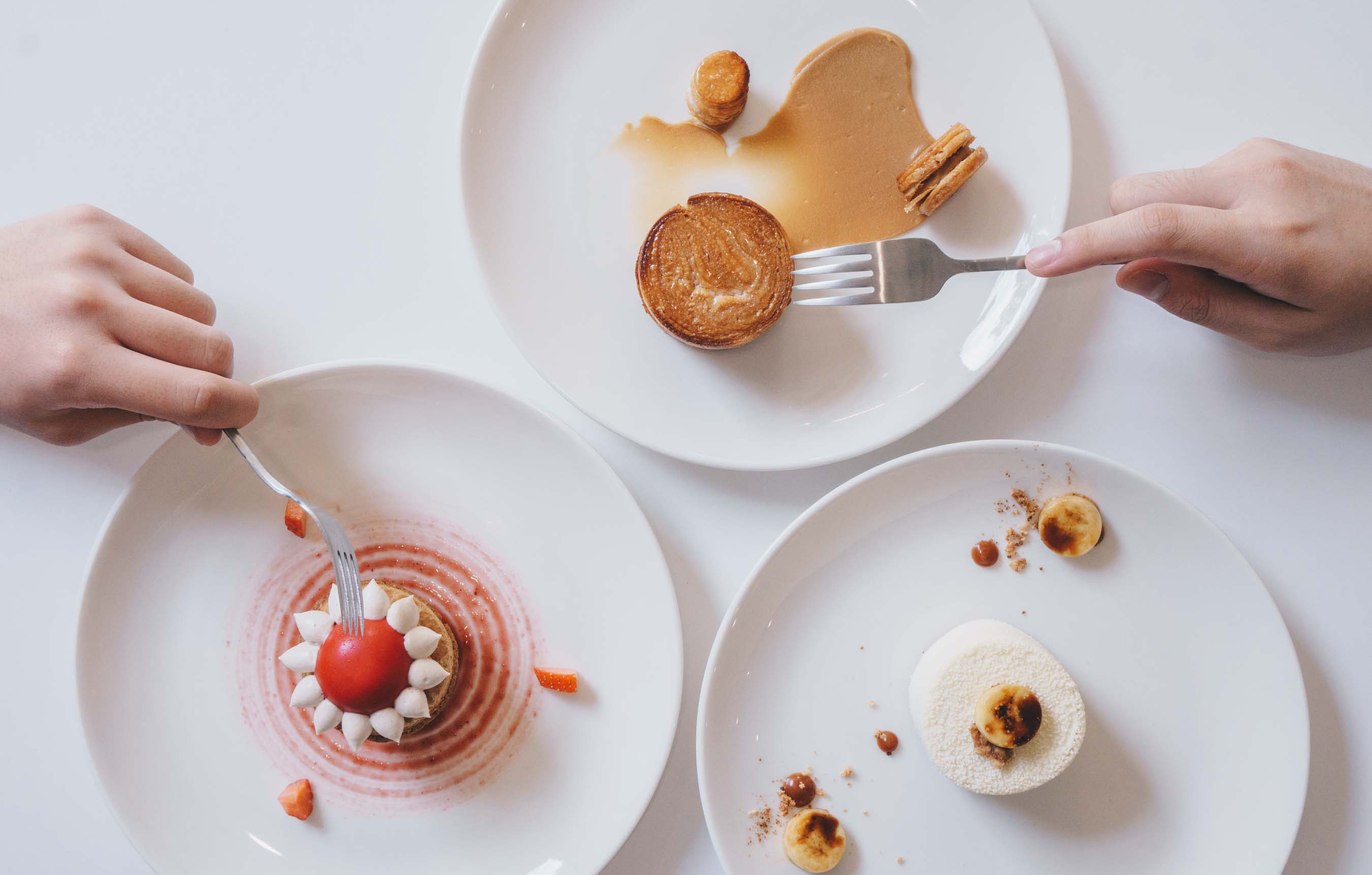Chinese desserts are quite different from the ones in the West. Desserts in Western countries are typically sweet foods like ice cream, doughnuts, cookies, and candy. In Chinese cuisine, dessert strays away from these super sugary concepts and can be either sweet or savory. Many times, it’s both, making for a delicious combo that satisfies both kinds of cravings.
Many outsiders think there are only a handful of desserts in Chinese cuisine. However, China has a diverse variety of desserts, including sweets, cakes, pastry, and sweet soups. Compared to Western desserts, Chinese desserts are less sweet but healthier. Chinese desserts are also always delicate with beautiful appearances. The following are eight Chinese desserts you need to try.
Sesame Glutinous Rice Balls or Tangyuan
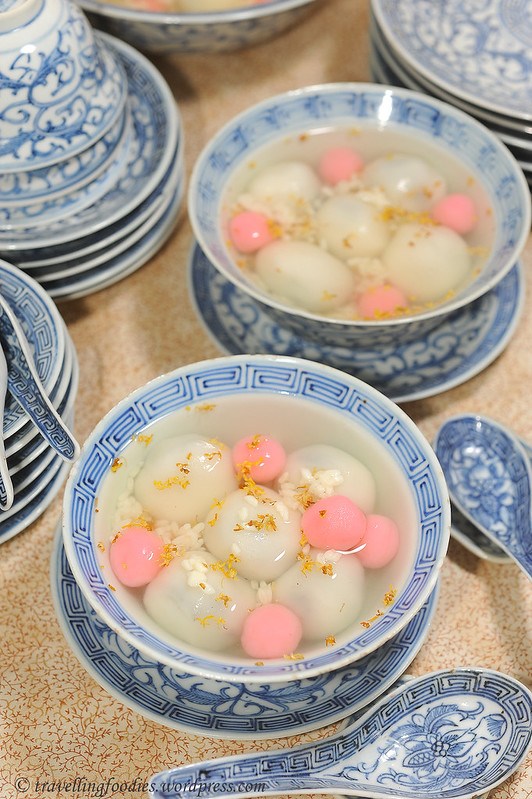
Tangyuan is a warm soup that originates in Sichuan cuisine and is a staple food on any Sichuanese restaurant’s menu. Glutinous rice flour and water are the main ingredients with a black-sesame filling. This dessert is cooked in boiling water and is usually served with a sweet dessert-soup base. The round shape represents family completeness. The Chinese people believe that eating black-sesame rice balls for the Lunar New Year brings the family together because the Chinese name tang yuan sounds like the phrase that means “reunion”.
Dragon’s Beard Candy
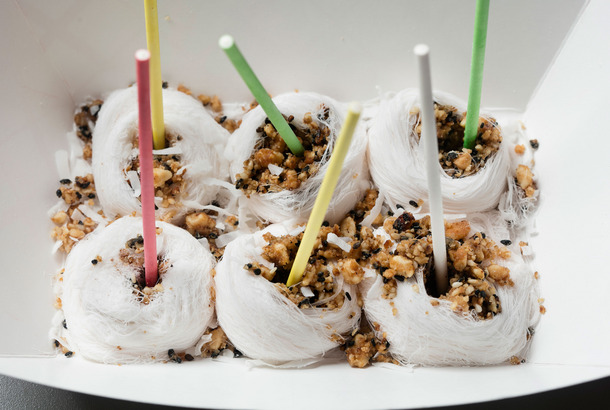
Dragon’s beard candy is akin to cotton candy, though where cotton candy is large and fluffy, this Chinese confection is small and thin. The name for it comes from its similarity to depictions of dragons; the sugary strands are so wispy that they resemble dragon whiskers.
The making of dragon’s beard candy is also an art form in China as you make this by boiling a mixture of sugar into a gel-like substance. It is then made into a ring that’s folded and pulled over and over in figure eights until there are several tiny strands. Then, a filling (mostly crushed nuts) is also added to the candy. In China, this candy is available at roadside stalls and kiosks at popular tourist destinations.
Egg Tarts or dàn tǎ
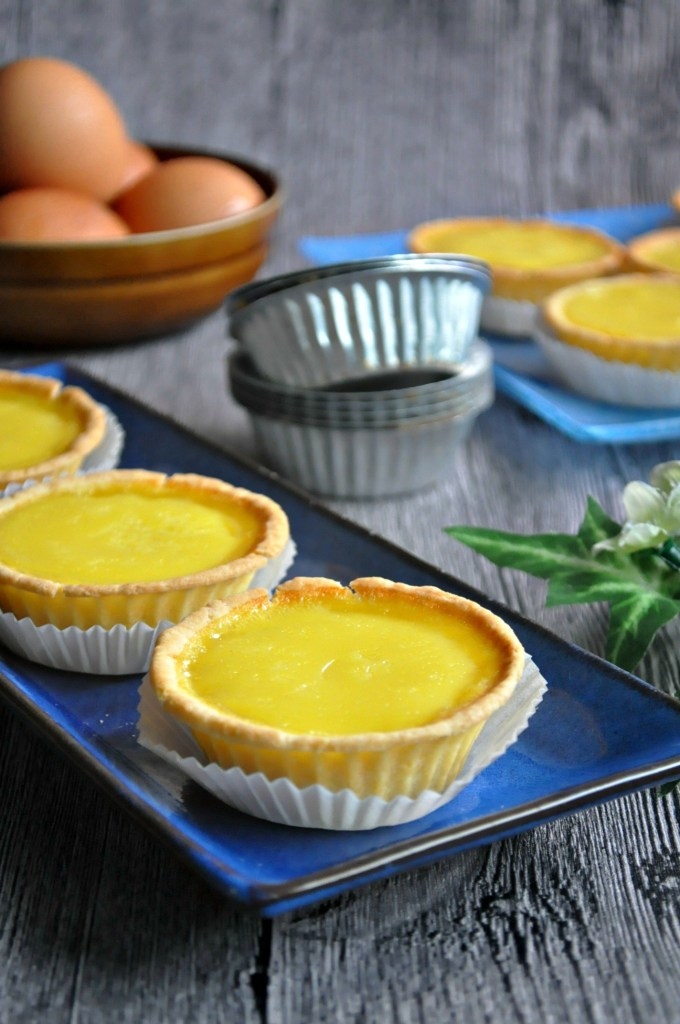
Egg tarts are popular all around the world, though they’re particularly famous within China as a dim sum option and can accompany any meal. These tarts have a glossy finish, are flatter, and are sunken into the crust, which is made from puff pastry (with a more bowl-like appearance) or shortcrust pastry (like a pie crust). They’re also completely yellow. They are so popular that some shops specialize in them (generally hole-in-the-wall shops), and many convenience stores sell them too. These are easy to pick up while sightseeing.
Candied Fruit or Tanghulu
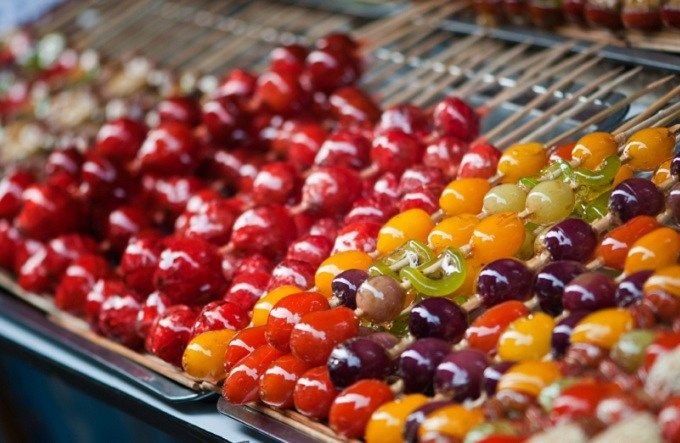
Tanghulu, the “Chinese toffee apple” is an old Beijing-style snack consisting of a skewer with crab apples dipped in liquid sugar and dried. Common varieties, especially at food markets and China’s popular food streets, include other fruits coated in sugar, such as kiwi or grapes. You can buy them from carts by the side of the street, and in Beijing, they are hard to miss at common tourist sites.
Sweet Red Bean Soup
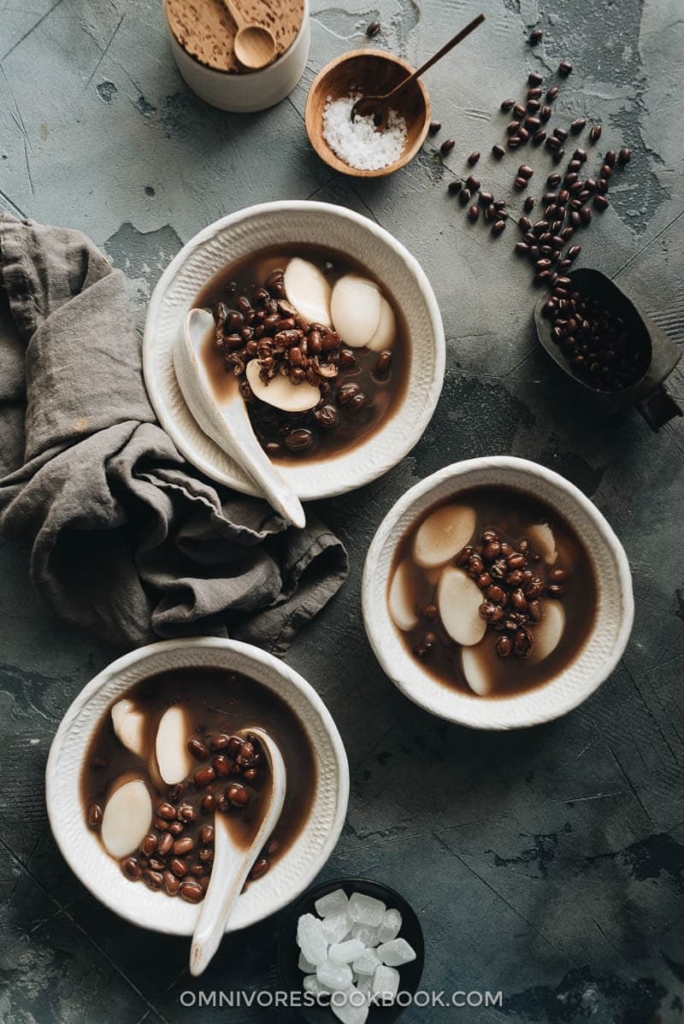
A traditional Chinese dessert that’s sometimes eaten as a late-night snack, red bean soup is a favorite for any celebration, including Lunar New Year. Made with red beans, sun-dried tangerine peels, and lotus seeds, the sweet dessert soup contains vitamins B and E. Eaten hot, variations of this dessert include the addition of glutinous rice balls or sago. You can make your own at home using a few simple ingredients found in Chinese supermarkets. Here is a yummy recipe for sweet red bean soup you can try at home.
Mooncake or yuèbing
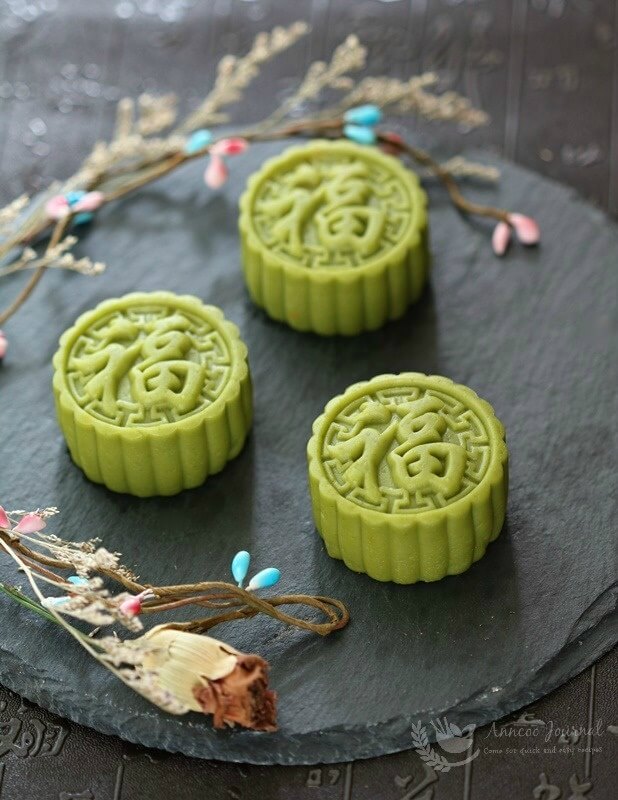
One of the most well-known Chinese desserts, yuèbing, otherwise known as mooncakes, and it is a tradition to eat them during the Mid-Autumn Festival. This festival is right up there with Chinese New Year in terms of significance and is celebrations take place during the middle of autumn when the moon is at its fullest. The festival became official during the Tang Dynasty. During this time, people also give them as gifts to friends and family to wish them good fortune.
Mooncakes are round-shape (like the moon), soft pastry. The fillings vary by region, from ice cream to custard to ham, though the original is sweet lotus seed paste and salted duck egg yolk. There are also salt ones, but they are not as popular as sweet ones.
Sticky Rice Cakes
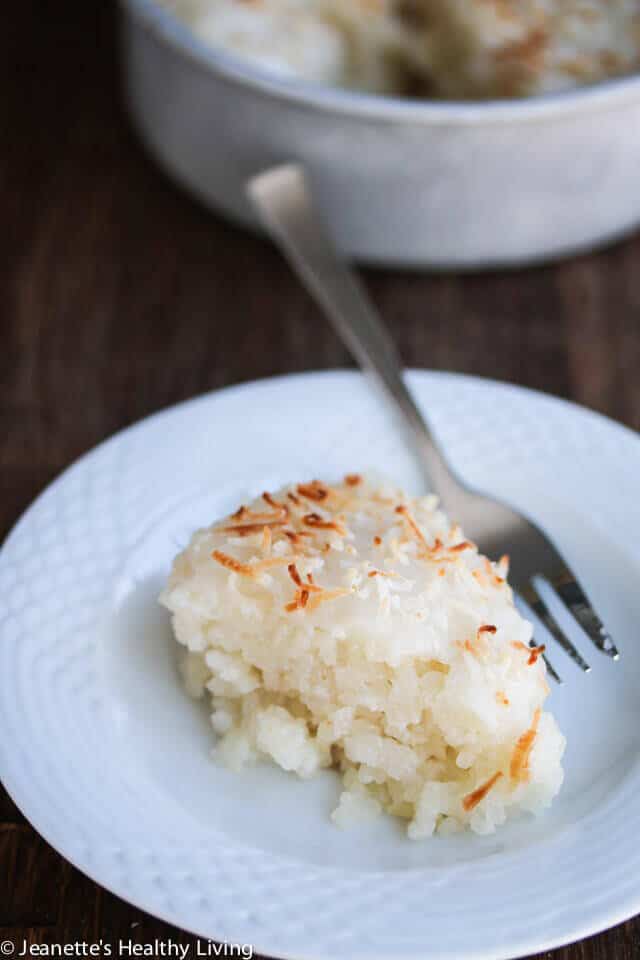
Made with glutinous rice and brown sugar, these bites of chewy goodness also come under the category of Chinese New Year cakes. Easy to prepare at home from premade batches, they’re usually a breakfast or an afternoon snack item. Sticky rice cakes are a staple for the Lunar New Year and it is a belief that they bring you luck and prosperity in the coming year.
Sugar Painting
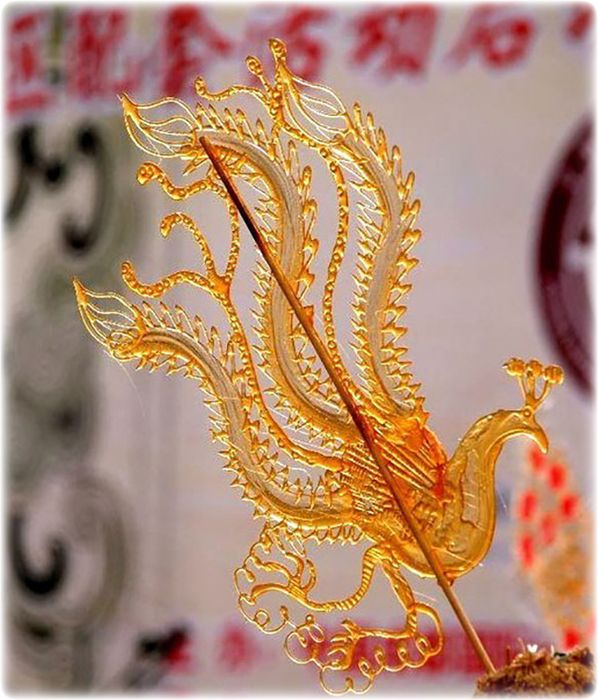
We’ve all seen the artwork of food that looks so appetizing that we want to eat it. In China, there’s a form of art that you actually can eat, if you don’t mind eating pure sugar. Sugar paintings are exactly what they sound like: paintings made out of liquid sugar. It’s thought that these edible works date back to the Ming Dynasty when sugar figures were part of religious rituals.
These are only a few of the many desserts that are a part of Chinese cuisine and culture. If you are looking for halal Chinese food, head over to Usmania Chinese. We have a variety of halal Chinese cuisine, including chicken, beef, seafood, and vegetarian dishes. As Chinese New year is just around the corner, treat yourself with high-quality Chinese food at the best Chinese restaurant in Chicago.


